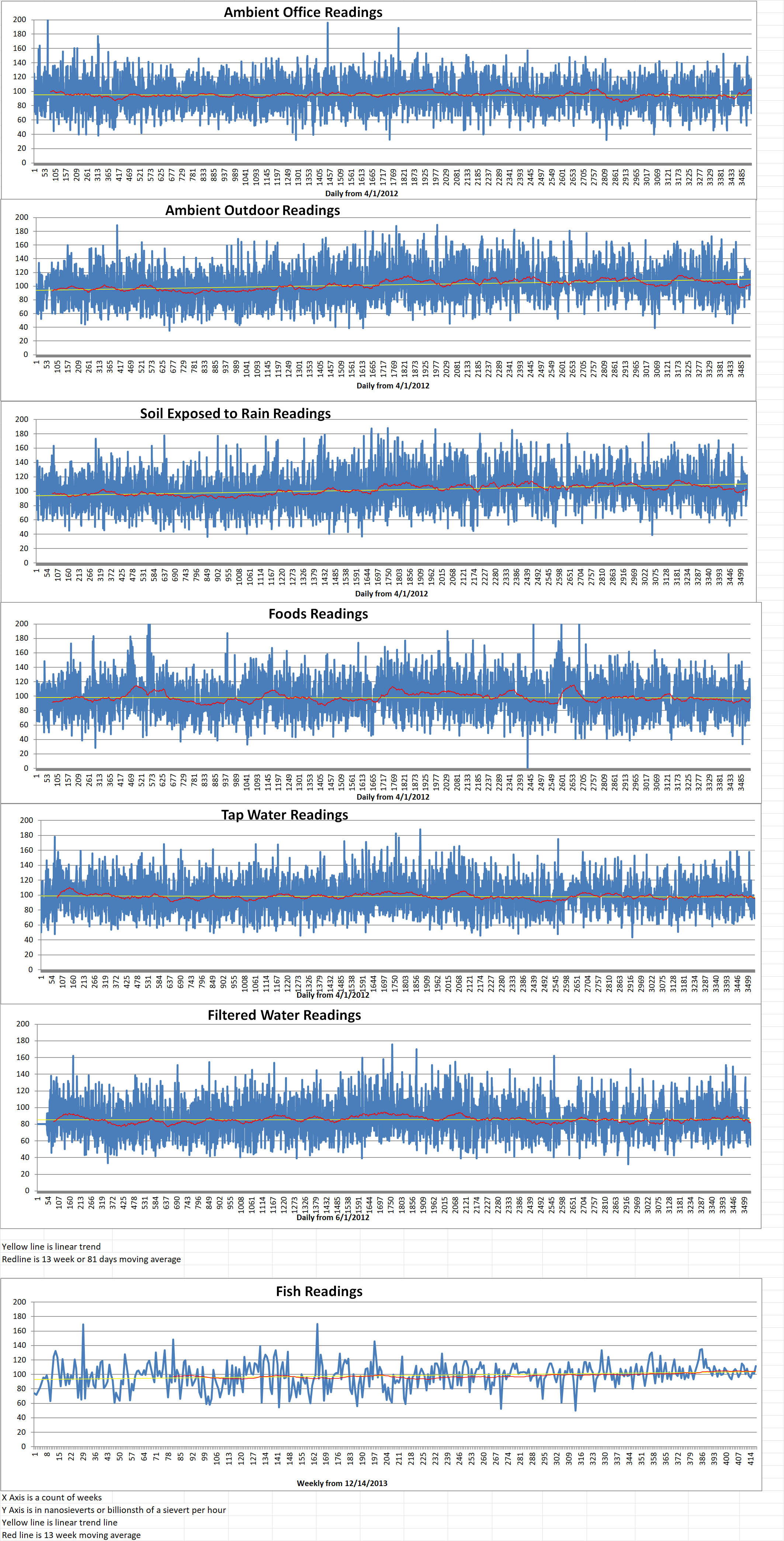Part 3 of 3 Parts (Please read Part 2 first)
(Continuing comments of U.K. members of the House of Lords as they debate the Nuclear Energy Financing Bill.)
Lord Howell is a Conservative Party member. He welcomed the bill but pointed out the delays to the European Pressurized Reactors (EPR) at Okliuoto in Finland and Flamanville in France Sizewell C. He wondered exactly what these delays mean for the Hinkley Point C project and the proposed “replica” at Sizewell C. He added that “Are investors ever going to wait that long for payback … do we plug on with these mammoths at Wylfa, Moorside, Oldbury and Sizewell or turn all our efforts to small and more advanced nuclear power plants?”
Lord West was a security minister for the Labour Party. He said, “Why are we in this position? It is because of the failure of successive Governments, as has been mentioned. It is a national disgrace, actually. We have gone from being the world leaders in civil nuclear – we made masses of money exporting this stuff to Japan – to a position where we cannot build even one of these large reactors ourselves. Basically, we need to pull our finger out and get going on this. Sizewell C and Hinkley Point C are absolutely necessary. Looking to the future, we absolutely have to go for SMRs, AMRs and the use of hydrogen. This can all be encapsulated somehow in this. I think we would all agree with that.”
Lord McNicol said that the Labour Party would support the bill in House of Lords. However, he said that they would like it “mandate nuclear stations to use UK-manufactured fuel and stick to UK consumer charges”.
Business and energy minister Callanan responded to the issues raised during the debate by saying that the new funding mechanism would allow foreign investment but not at the cost of national security. He added that on the issue of radioactive waste, good process was being made in the process “to identify a suitable location for a geological disposal facility”. Although there had been issues with the first wave of EPRs, he said that “developers have learned lessons”. The minister also emphasized that, with respect to those asking about SMRs, the new funding model could be applied to them, and not just larger nuclear power plants.
The Nuclear Energy Financing Bill has already passed through the House of Commons. The House of Lords is a revising chamber in the U.K. Parliament with about eight hundred members. The vast majority of them have been appointed for life but there are also ninety-two members who inherited their place from their fathers. There are twenty-six members who are Church of England archbishops and bishops.
Although the bill was backed in principle it has been submitted for detailed scrutiny to a House of Lords committee. If the bill is amended in the House of Lords, those changes will have to be accepted, or rejected, by the House of Commons before they can become law.






